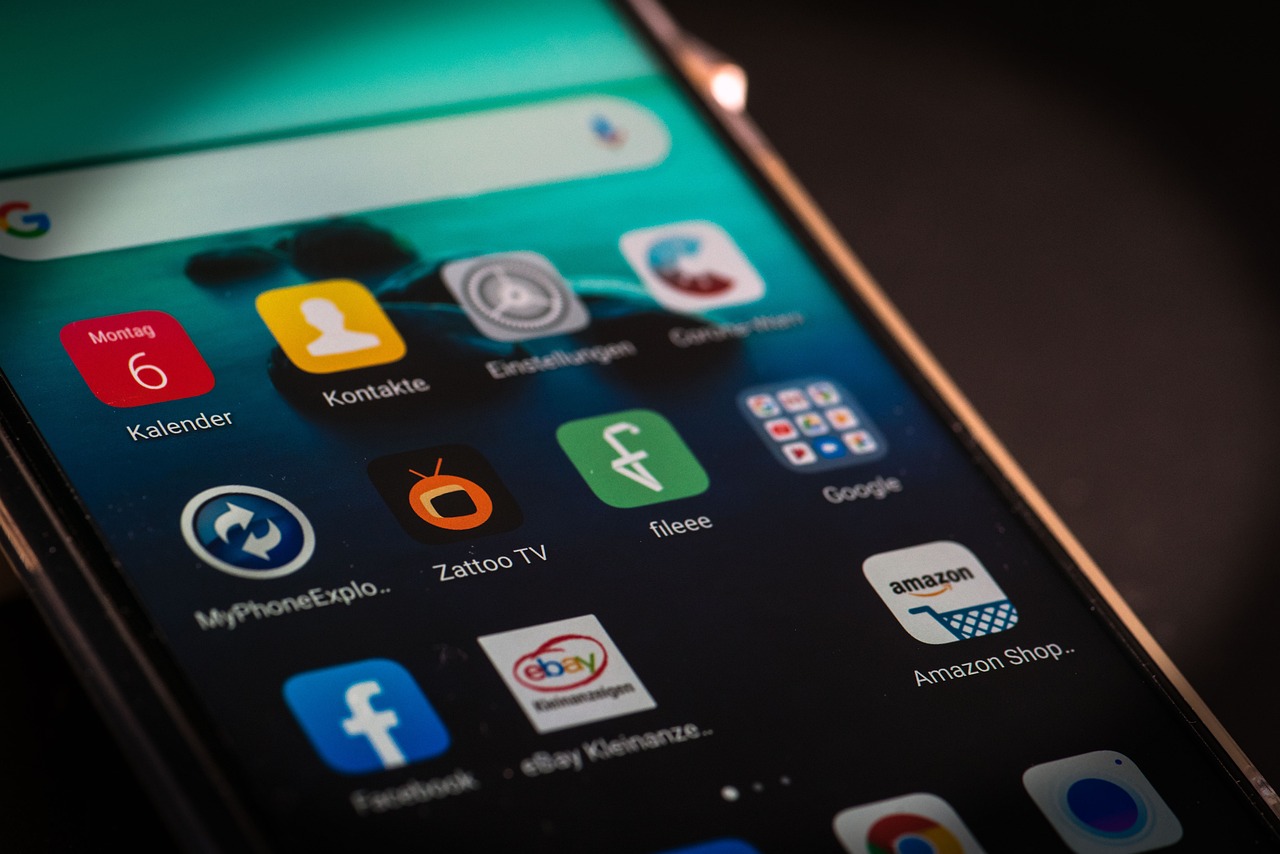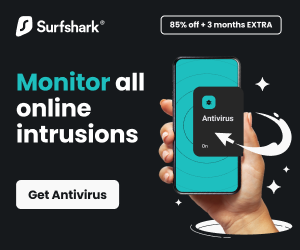Learn how to monetize your mobile app effectively in this post.
The success of creating an effective mobile application is a significant milestone, but it is not the endpoint of the process. It is the eventual ambition of most developers and businesses to generate revenue from their inventions.
Selecting the most appropriate monetization strategy is a crucial decision that can significantly impact the long-term sustainability and profitability of your app.
There is a wide range of models available to use; it is essential to understand which one fits best with your application’s purpose and who your target audience is to transform your digital product into a sustainable business.
Table of Contents
The Foundation: Understanding Your App and Audience
It is essential to understand your value proposition and the expectations of your users before diving into monetization models. What is the issue you are trying to solve with your app? Is it a game, a productivity platform, a content platform or a service? The type of app you are in will hugely determine the nature of monetization strategies that are best.
It is also essential to have knowledge of your audience. Will they be prepared to make upfront payments? Do they tend to get irritated by advertisements? The answers to these questions will assist you in making a decision that will lead to the highest revenue without losing your user base.
A lot of companies collaborate with a mobile app development company in Saudi Arabia not only to create the app, but to plan the most appropriate monetization strategy at the early stages.
The Freemium Model: Offering a Taste of Value
One of the most successful and popular ones is the freemium model. It provides the simplest variant of your application free of charge and can be upgraded to the premium functionality on a payment basis.
This strategy is effective since it eliminates the first-mover advantage, allowing you to attract a multitude of users. After displaying a value to your free offering, the users will have more chances of paying a premium to access a better experience.
This might incorporate an advertisement-free version, enhanced functionality, or exclusive content. The trick here is to ensure that the free version is good enough to have users stick with it and the premium edition is good enough to make them upgrade.
In-App Purchases (IAPs): Driving Revenue Through Microtransactions
In-app purchases enable users to purchase digital goods/services in your app. This model is highly popular in mobile gaming whereby individuals have the ability to buy virtual currency, additional lives and cosmetics.
But it is not restricted to games alone. Other apps in the market can be sold as productivity apps, content apps can be sold as individual articles or issues, and dating apps can be sold as super likes or boosts. IAPs may be consumable (used once, such as power-up), or non-consumable (permanent, such as unlocking a new level).
It is an effective tactic when the purchases are actually helping the user experience instead of seeming as an obstacle.
The Subscription Model: Creating Recurring Revenue
One of the most popular monetization methods is now subscription-based services, especially for content and service-oriented apps. This model consists in charging users a recurring fee (monthly or yearly) to access the content or services of your app. Consider streaming services, news applications, and fitness applications.
Subscriptions give a steady flow of revenue, which is very appealing to business planning. Although this model is formidable, your online presence should be flawless to warrant the expense that is recurrent.
This is often accompanied by a supporting site that reflects the quality of the app, a service that can be offered by a leading web development company Dubai to have an integrated and professional brand interface across all platforms.
In-App Advertising: Monetizing with User Attention
In-app advertising can be a good choice if you want to increase your user base and not charge them directly. With this model, you earn money by displaying advertisements on third-party networks within your application. To consider the ad formats there are a number of ad formats:
- Banner Ads: Small banners that are usually put at the top or the bottom of the screen. They are widespread and can be easily overlooked.
- Interstitial Ads: Full-screen ads that appear at natural transition points in the app, such as between levels in a game or after completing a task.
- Rewarded Video Ads: This is a type of video advertisement that users can watch voluntarily and receive an in-app reward (e.g., additional points or premium content). This form is usually popular because it is an option.
- Native Ads: Ads designed to blend in seamlessly with the app’s content, providing a less disruptive experience.
The Paid App Model: Charging Upfront
The easiest monetization path is the paid, or, pay-to-download, one. The app store charges the user a single fee to download and install your app. It is simple, but this is also among the most difficult to succeed with in the present.
A highly desirable value offer is necessary in such a market where there are many free applications and you have to entice users to spend your money before they even test your product.
It is best suited for niche applications with a well-defined, high-value purpose or for well-established brands with a strong following. High-quality screenshots, an engaging app description, and positive reviews are essential.
Sponsorships and Partnerships: A Targeted Approach
For apps with a consistent and targeted user base, sponsorships can be an effective monetization strategy. This means joining forces with another business whose target will be similar to yours.
The sponsor may want their brand to be placed in your app, the whole app may be skinned in their branding temporarily or the advertiser can be the sole advertiser. This model may be more lucrative and less obtrusive than conventional banner advertisements, as the sponsorship can be a natural part of the app.
Data Monetization: Unlocking Value from User Insights
Although this should be done very carefully and openly, the anonymized user data can be a source of income. This is done by gathering non-personal information regarding the user behavior, preferences, and demographics and selling them to third parties, including researchers or marketers.
Being honest with your users regarding your data collection practice in your privacy policy as well as adhering to all the regulations such as GDPR and CCPA is absolutely crucial. Violating user trust in this respect can be disastrous for the brand.
Choosing the Right Mix: Hybrid Monetization
There is no need to focus on a single monetization strategy. A hybrid approach is used by many of the most successful apps. To illustrate, in-app ads may also be used in a freemium application to the free version, but they will be canceled in case of premium subscribers.
A content application may provide a few articles free of charge (with advertisements), sell single articles (IAPs), and provide a subscription. Augmentation of models enables you to both diversify your revenue base and serve various segments of your users.
Test, Measure, and Optimize
App monetization cannot have a single suitable solution. Constant testing and analysis will be the key to determining the best strategy for your app. Monitoring the important metrics that can be tracked using analytics tools includes the conversion rate, average revenue per user (ARPU), and customer lifetime value (LTV).
Run A/B tests across various price points, types of ads, and subscription packages and determine which options are the most popular with your audience. The mobile application market is not stagnant, and thus your monetization strategy must be responsive to adapt to user feedback and market trends.
The Path to Profitability
Mobile apps must be effectively monetized through a user-centric approach. Having learned about the various models available in the market, including freemium, subscriptions, in-app purchases, and advertising, you can make the right choice that suits the app’s purpose and meets user expectations. The trick is to offer true value and open up revenue opportunities.
By being well-planned, thoroughly tested, and capable of making adjustments, you can turn your mobile app into a viable and sustainable venture.
INTERESTING POSTS
- Just How Critical Is Customer Onboarding?
- 7 Business Credit Card Tips For Small Businesses
- Exploring Model Monitoring Tools and Platforms for Effective Deployment
- AI in Breach Detection Threat or Safeguard (or Both)
- Ensuring A Secure Connection When Playing Online
- How to Train a GPT Model — Methods, Tools, and Practical Steps
- 6 Strategies To Make Your Model Serving API More Robust With Testing & Analysis
About the Author:
Christian Schmitz is a professional journalist and editor at SecureBlitz.com. He has a keen eye for the ever-changing cybersecurity industry and is passionate about spreading awareness of the industry's latest trends. Before joining SecureBlitz, Christian worked as a journalist for a local community newspaper in Nuremberg. Through his years of experience, Christian has developed a sharp eye for detail, an acute understanding of the cybersecurity industry, and an unwavering commitment to delivering accurate and up-to-date information.










